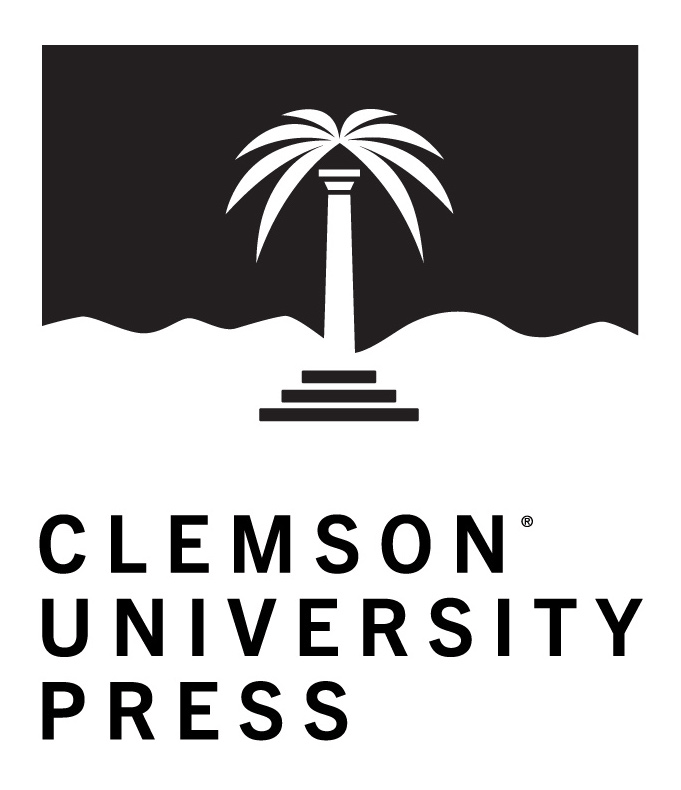Article Type
Full Research Article – Special Issue
Volume
8
Issue
1
DOI
10.34068/JSCWR/08.01.10
Abstract
The South Carolina Department of Health and Environmental Control (SCDHEC) has been conducting fish tissue monitoring for Polychlorinated Biphenyls (PCBs) since 1974 and, based on the results, restrictive fish consumption advice has been in place at two reservoirs in South Carolina for several decades. But in 2009, widespread contamination was reported in fish from the Catawba-Wateree and Yadkin-Pee Dee River Basins. Therefore, beginning in 2010, additional monitoring of fish tissue for PCBs in the rivers and reservoirs of these two basins was initiated. Results from a spatial analysis, combined with evidence from historic literature, suggests that the source of the PCB contamination, in part, is from past direct application of used transformer oil on reservoirs located along the two rivers, the origins of which were hydroelectric projects in both basins. The use of used motor oil for mosquito control and malaria eradication was widespread in the first half of the twentieth century, and results suggest that for some utility operations, PCB oil was utilized to augment these programs. The global ramifications of these findings are not yet known, but they should encourage reconsideration of origin, transport, and fate of PCBs in other regions, particularly where a known source of environmental contamination is not obvious.
Takeaway(s)
none
Recommended Citation
Glover, James B. and Gundersen, Deke T.
(2021)
"Widespread Contamination of Polychlorinated Biphenyls in South Carolina and North Carolina (USA): A Legacy of Malarial Eradication and Mosquito Control,"
Journal of South Carolina Water Resources: Vol. 8
:
Iss.
1
, Article 10.
DOI: 10.34068/JSCWR/08.01.10
Available at:
https://tigerprints.clemson.edu/jscwr/vol8/iss1/10





